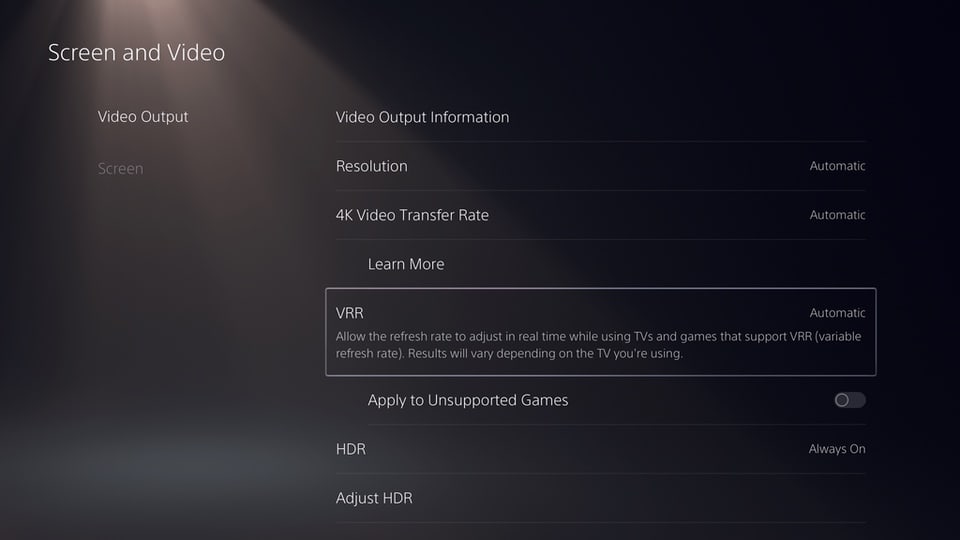Many of the world’s top websites do not provide the ideal user experience (UX), both on desktop and mobile platforms, at least not by Google’s standards, a new report from Searchmetrics has found
The company recently analyzed the top 100 most visible websites on Google.com and found that by Google’s benchmarks, 50% don’t deliver a good desktop page experience, while 44% fail to do the same on the mobile platform.
Google’s benchmarks are called Core Web Vitals. It’s a new set of metrics the company introduced earlier this year, through which it tracks the UX provided by other websites and has a direct impact on SEO. Google’s reasoning is that it wants to provide its visitors with the best UX possible, and to do that – it wants its search engine results pages to show websites with the best UX – first.
Core Web Vitals were designed to motivate publishers into cleaning up their UX or face getting downgraded on the search engine results pages. The question remains, how much can Google really hurt the biggest digital brands, or will these changes only affect the smaller players.
What are Core Web Vitals?
There are three distinct metrics in Core Web Vitals – First Contentful Paint (the speed at which a page loads), First Input Delay (the time it takes the website to respond to an interaction), and Cumulative Layout Shift (the amount of shifting and moving the content of a page does, due to late-loading ads, multimedia, and other content).
Searchmetrics used its newly launched Core Web Vitals Monitor to analyze website behavior and come up with these results. As of October, it claims, major websites such as Walmart, Target, Tripadvisor, Facebook, Instagram and Pinterest were still lagging behind on Core Web Vitals. Websites in the travel and fashion industries were, Searchmetrics says, the worst performers.
Things are improving, though. In January 2020, only 22% of the desktop top 100, and 28% of the mobile top 100 were able to ass the Core Web Vitals test, Searchmetrics argues (Core Web Vitals were rolled out in August this year).
By October, this jumped to 50% on desktop, and 56% on mobile.
“The Core Web Vitals update was Google’s way of encouraging websites to improve the quality of the online experience they deliver,” commented Tom Wells, VP Strategy at Searchmetrics.
“But the data suggests that even some of the biggest brands have not completely solved their user experience challenges. While they continue to rank highly in spite of this, it’s important to remember that the page experience has wider implications, especially for e-commerce brands. Delivering a user-friendly experience where pages load quickly, respond to input and in which dynamic content doesn’t jump around, is going to help reduce e-commerce bounce rates and abandoned shopping carts, for example, while being good for conversions and return visits.”
You should also check out our pick of the best shared hosting providers out now




